Is a Waiver to Fly Drones in Controlled Airspace Still Necessary?
Pilot Institute
JUNE 27, 2025
Know what special scenarios still require a waiver, such as flying BVLOS operations, flights above people, or flights that exceed the standard 400 feet AGL. Requires: Two-way radio, Mode C transponder, and ADS-B Out. Aircraft must operate under ATC clearance. Mode C transponder and ADS-B Out within 30 NM.

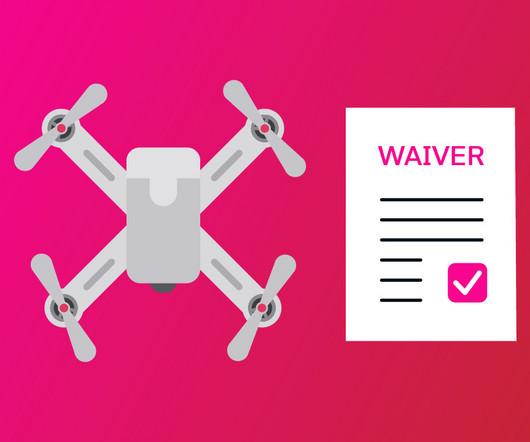
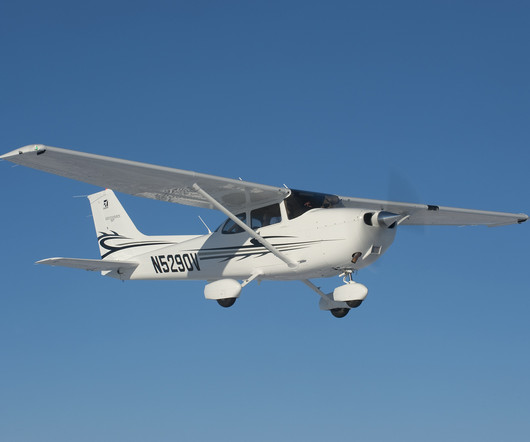
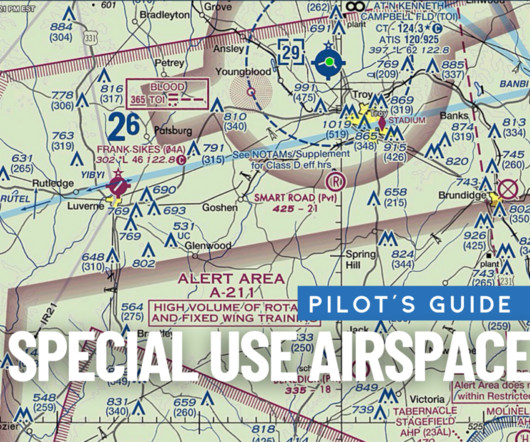
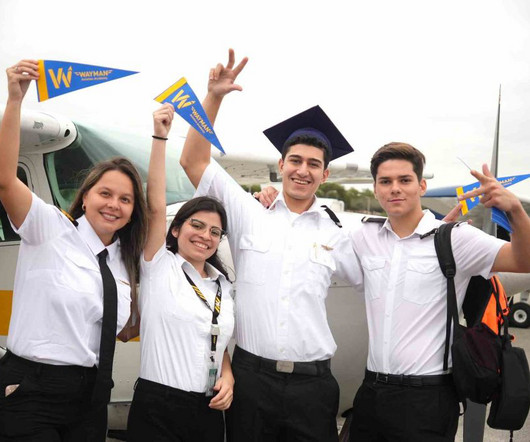
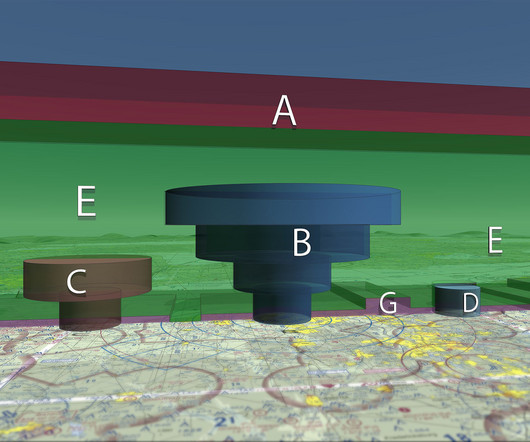
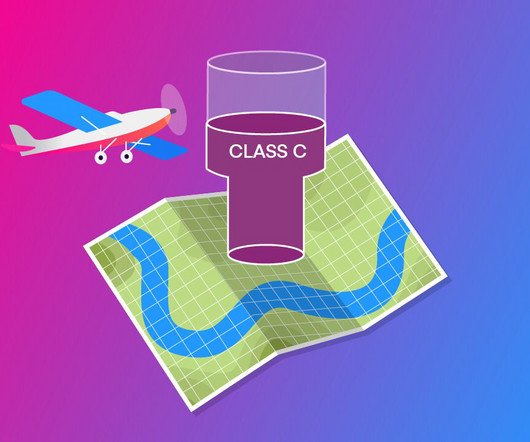
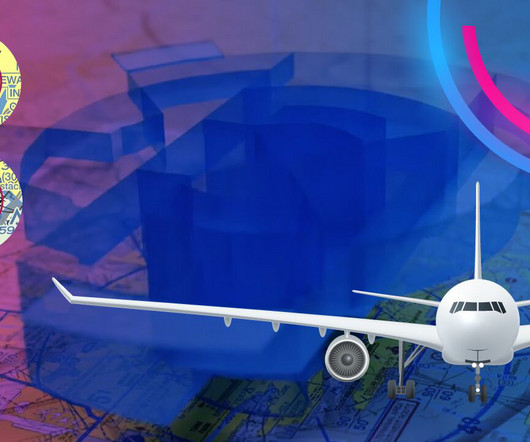
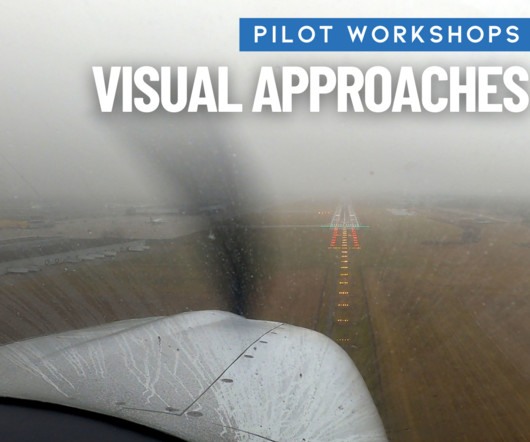

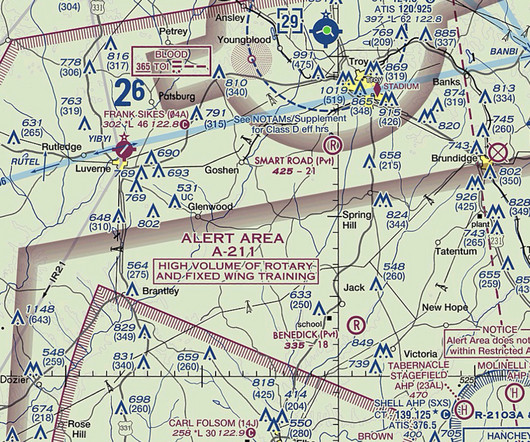






Let's personalize your content